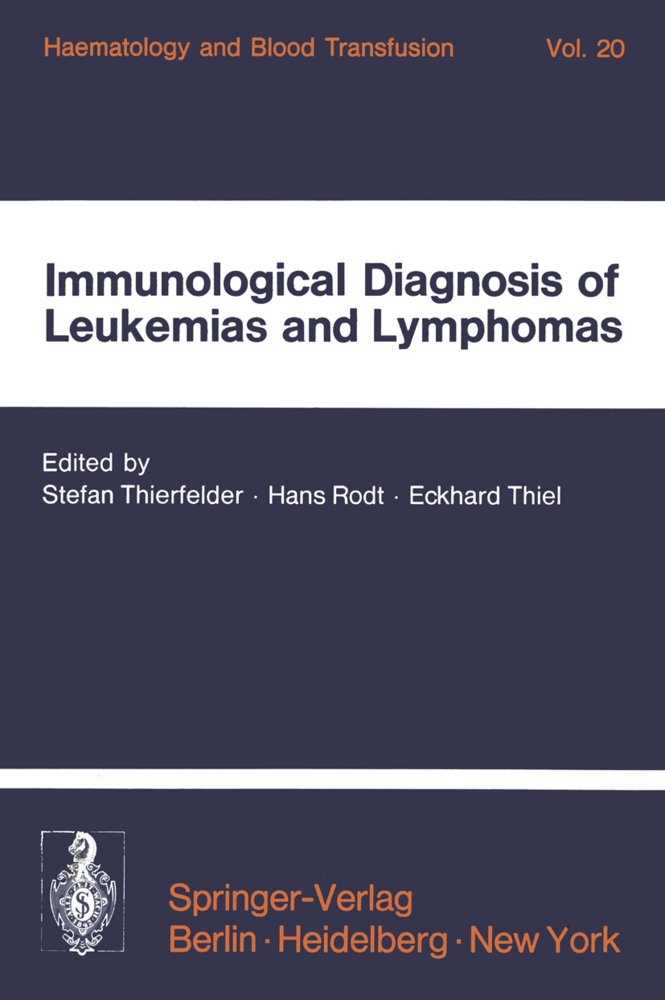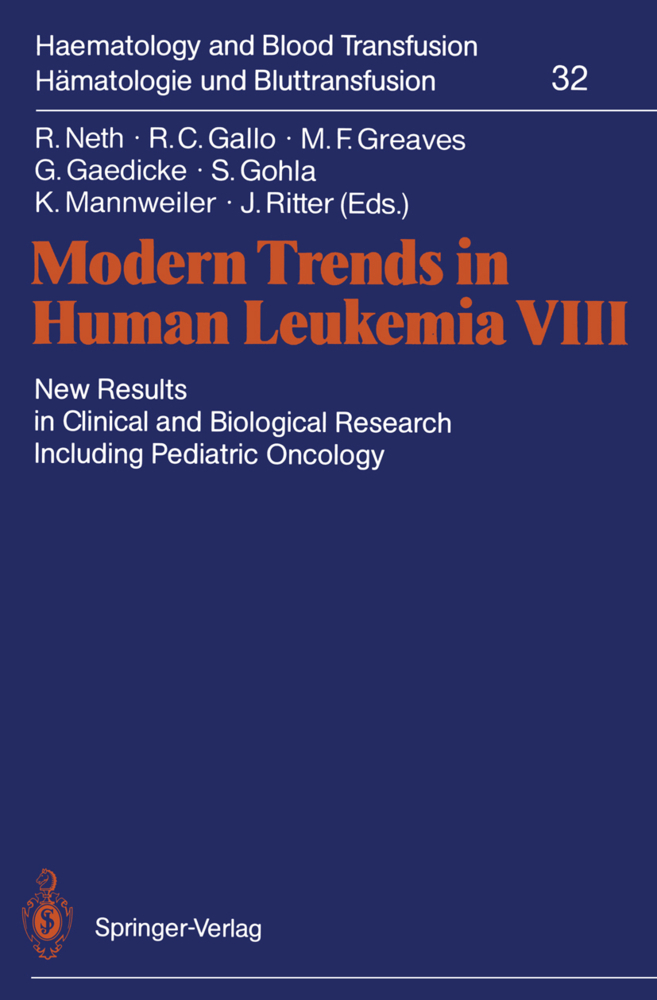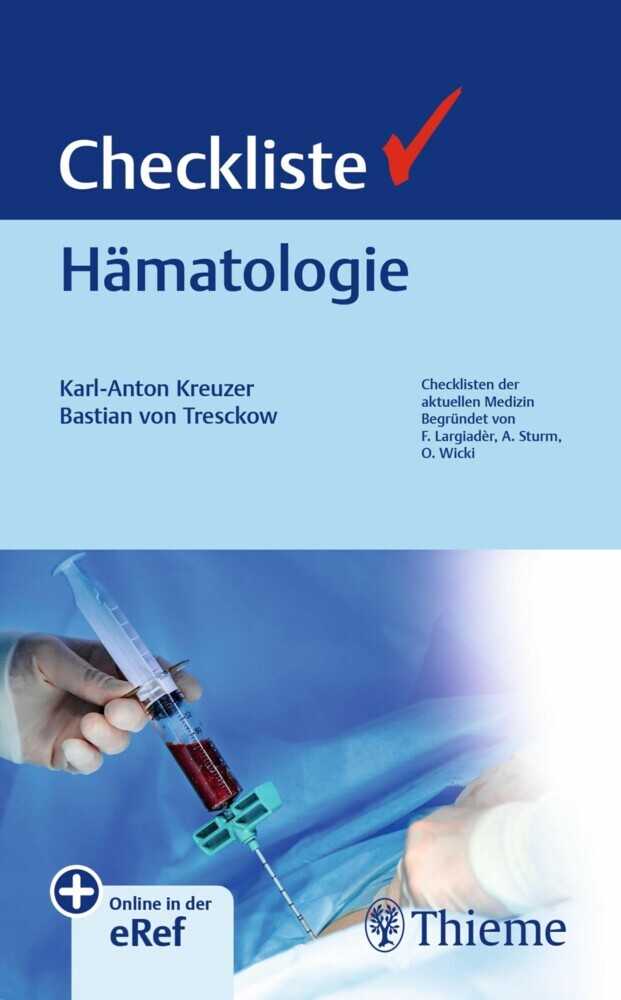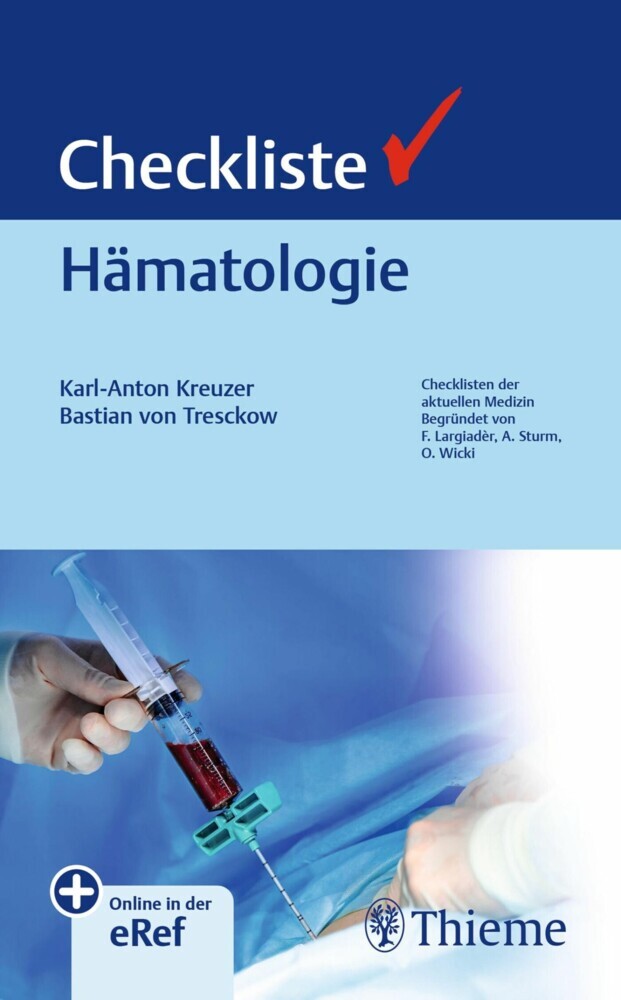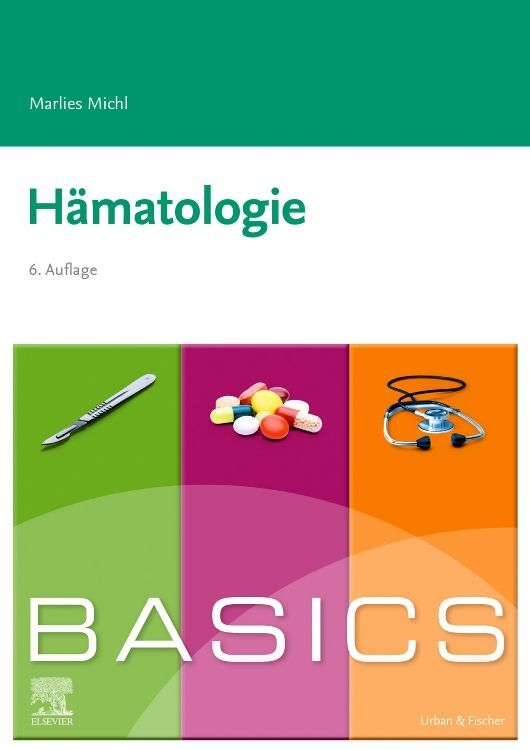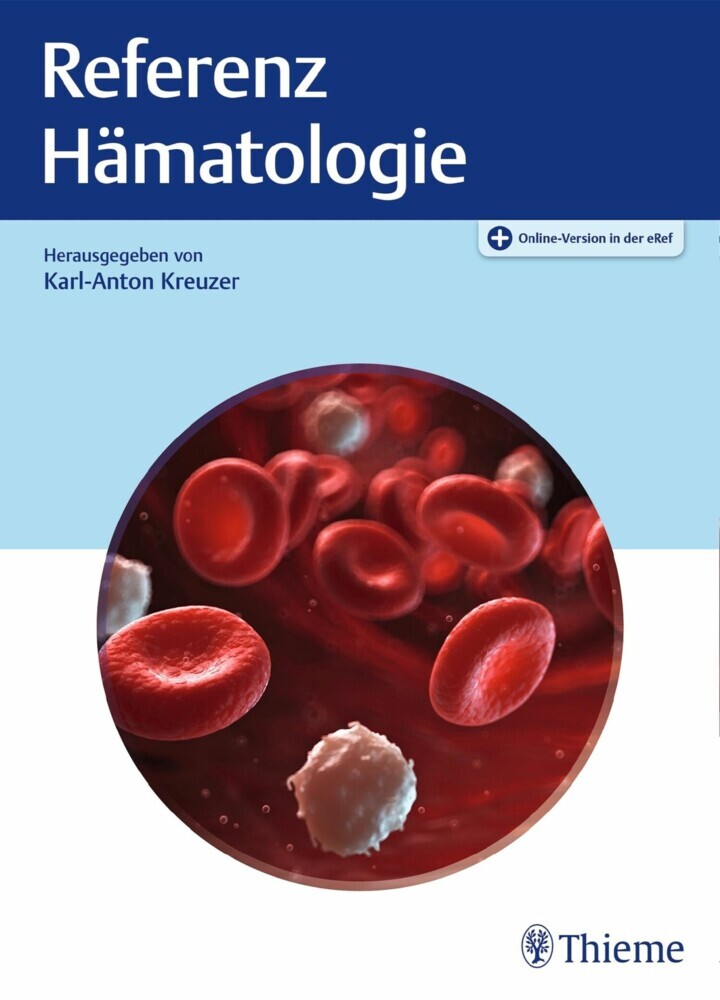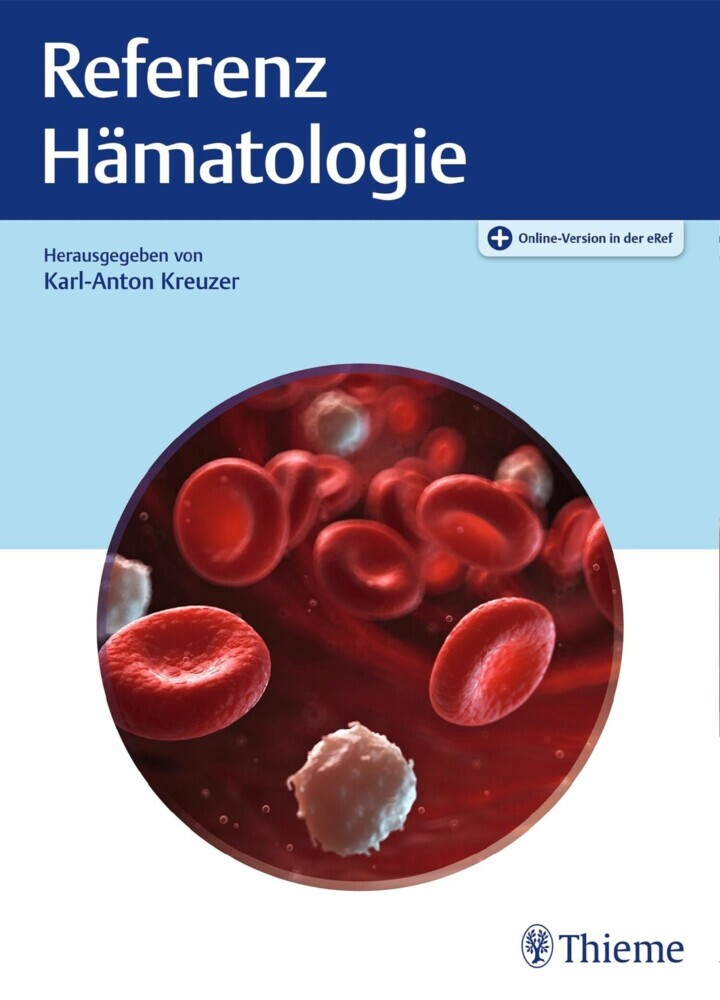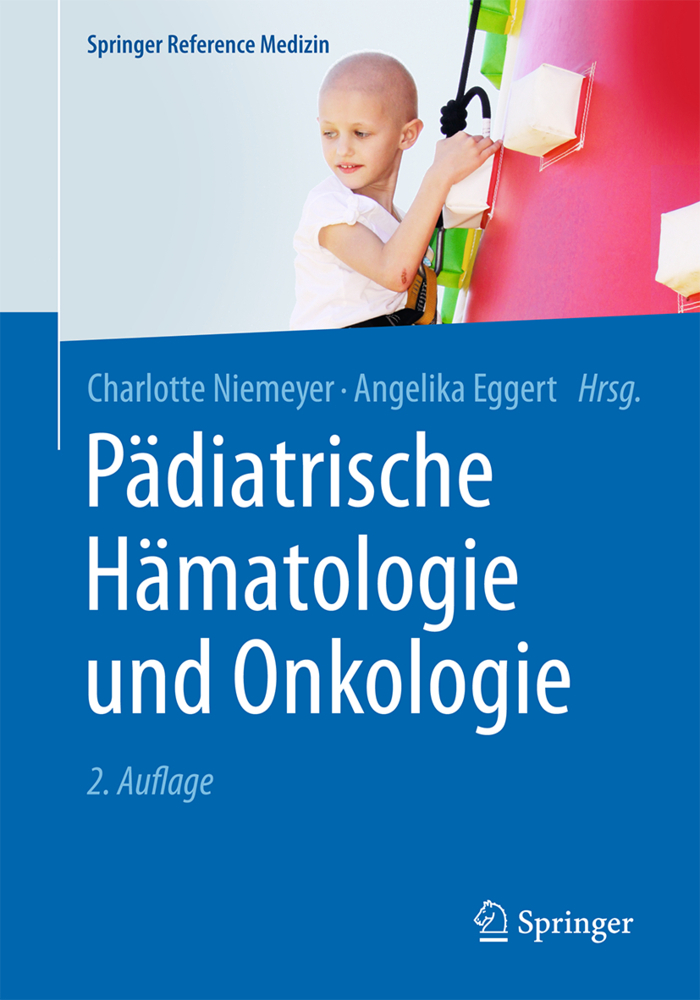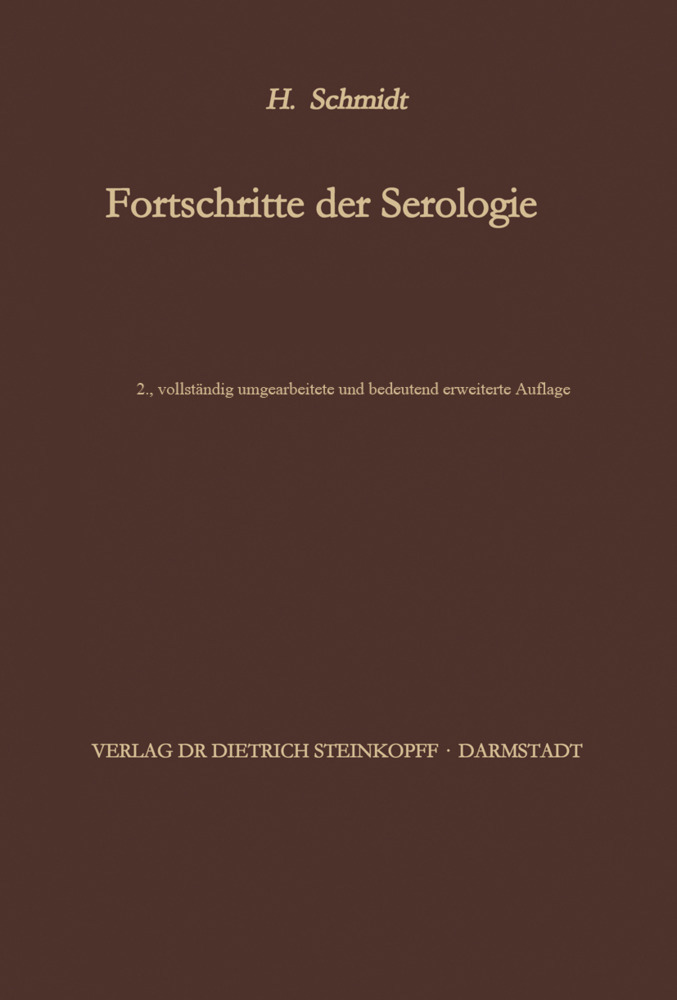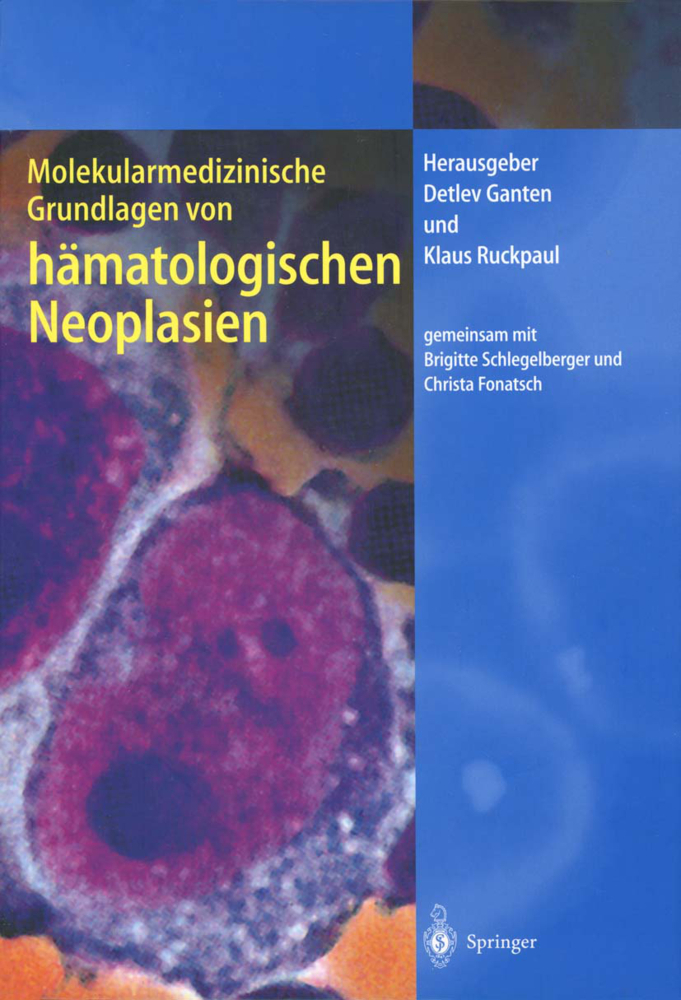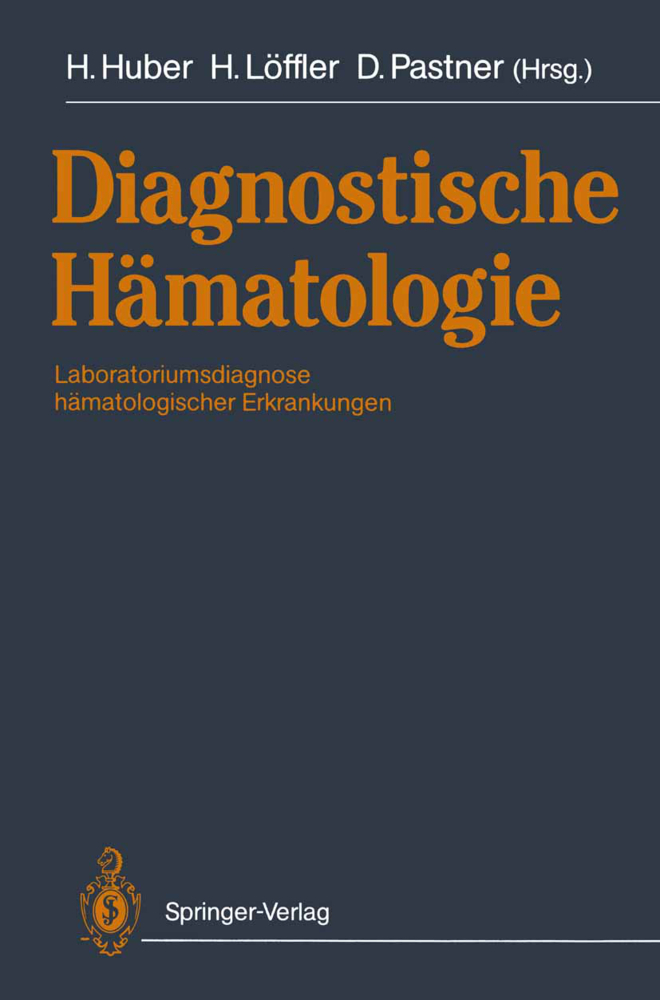Immunological Diagnosis of Leukemias and Lymphomas
International Symposium of the Institut für Hämatologie, GSF, October 28-30, 1976 - Neuherberg/Munich
Immunological Diagnosis of Leukemias and Lymphomas
International Symposium of the Institut für Hämatologie, GSF, October 28-30, 1976 - Neuherberg/Munich
This two-and-a-half-day symposium has concentrated on main aspects of the rapidly expanding field ofleukocyte markers in hematology. While leukemias are already being 'phenotyped' routinely in clinical centers, continued research on the developmental sta ge of cells and cell membranes, expanding into a malignant clone, permits new snap shots on hemopoietic differentiation. Thus the discovery of leukemia-associated anti gens, which so far have not been found on subpopulations of normal cells, has greatly stimulated the discussion on 'differentiation antigens versus tumor antigens'. The proceedings reflect the considerable success which has been achieved very re cently in the classification of hemoblastomas. Consequently the number of leukemias which are unclassifiable by immunological methods have dwindled down to a small mi nority. New facts give rise to new questions. By including the main points of the discussions in the proceedings, we wanted to give the reader an opportunity to get an impression of the questions and conclusions raised and drawn by the participants on the basis of new - and frequently still unpublished - data. The editors thank both the contributors to this symposium, who made it a successful meeting and submitted their manuscripts punctually, and the publishers, who have provided a volume of high quality in good time. They are also grateful for the valuable cooperation from numerous colleages at the Institut fUr Hamatologie.
2. Clinical significance of T and B cell surface markers in lymphoid malignancies
Surface markers define human lymphoid malignancies with differing prognoses
Cell markers and the classification of acute leukemia
Etiological, clinical and prognostic significance of the T-B immunological classification of primary acute lymphoid leukemias and Non-Hodgkin's lymphomas
Surface receptors of human neoplastic lymphoreticular cells
Non-Hodgkin lymphomas: cell populations and functional behavior
3. Leukemia-associated antigens versus cell differentation antigens in lymphatic and myeloic leukemias
Membrane phenotyping: diagnosis, monitoring and classification of acute 'lymphoid' leukemias
Cell differentiation antigens versus tumor-related antigens in childhood acute lymphoblastic leukemia (ALL). Clinical significance of leukemia markers
Classification of leukemic cells with T- and O-ALL-specific antisera
Membrane marker analysis of 'lymphoid' and myeloid blast crisis in Ph1 positive (chronic myeloid) leukemia
Myeloid antigens and antigen densities in mice and men
Expression of T and B cell markers and leukemia associated antigens on cell surface of human lymphocytic leukemias
4. Quantitative expression of surface markers on neoplastic lymphocytes
Expression of FcIgG-receptor (FcIgG-r) sites on the surface of neoplastic lymphocytes
Quantitation of T-antigenic sites and Ig-determinants on leukemic cells by microphotometric immunoradioautography. Proof of the clonal origin of thymus-derived lymphocytic leukemias
Immunofluorometric analyses of membrane bound IgM in individual human lymphoid cells in cases of leukemia and malignant lymphoma
5.Characterization of leukemias and lymphomas by surface receptors and enzyme markers
Hairy cell leukemia: simultaneous demonstration of autochthonous surface-Ig and monocytic functions of hairy cells
Chronic lymphatic leukemia cells bear IgM receptors
Acid phosphatase in acute lymphatic leukemia (ALL)
Lysosomal acid hydrolyses in isolated normal and chronic lymphocytic leukemia (CLL) T- and B-lymphocytes
Prolymphocyte leukemia with T cell properties and tartrate resistant acid phosphatase
Enzymecytochemical and immunocytological studies as a basis for the reevaluation of the histology of cutaneous B-cell and T-cell lymphomas
Characterization of neoplastic mononuclear cells on tissue sections
6. Functional characteristics of neoplastic lymphocytes and/or of the resting lymphocyte population
K cell activity of normal and chronic lymphocytic leukemia
Comparative studies of the proportions of T- and B- and zero lymphocytes and the degree of blastic transformation of lymphocytes after stimulation by PHA and ConA in patients with Hodgkin's disease
In vitro functions of lymphoid cells in untreated childhood acute lymphoblastic leukemia
Difference in distribution and dynamics of cellmarkers on T-lymphoblasts compared to T-lymphocytes
Immunological evaluation of 15 children with Non-Hodgkin lymphoma
Studies on the immune status of children with acute lymphocytic leukemia (ALL)
Lymphocyte subpopulations in lymphatic tissues and blood of patients with malignant lymphomas
7. Establishment and characterization of malignant lymphoid cell lines
Establishment and characterization of leukemic T-cell lines, B-cell lines, and null-cell line: a progress report on surface antigen study of fresh lymphatic leukemias in man
Established cell lines as toolsin the study of human lymphoma and myeloma cell characteristics
Characterization of 'T' and 'non-T' cell lines established from children with acute lymphoblastic leukemia and Non-Hodgkin lymphoma after leukemic transformation
Establishment and characterization of a truly leukemic cell line
Characterization of a human Hodgkin cell line and a lymphoblastic EBNA-negative cell line derived from a Non-Hodgkin lymphoma patient
Autoradiographic detection of the Epstein-Barr virus (EBV) - associated early antigen (EA) in lymphoblastoid cell lines
Lymphoid cell lines: in vitro cell markers in correlation to tumorigenicity in nude mice
8. Genetic markers define the mode of origin of lymphoid malignancies
Glucose-6-phosphate dehydrogenase (G-6-PD) markers in Burkitt lymphoma and other malignancies
The significance of chromosomal findings for the differentiation between lymphoma and lymphoblastoid cell lines
Isoelectric focusing pattern of IgM and surface markers in Non-Hodgkin's lymphomas.
Idiotypic determinants and antiglobulins in multiple myeloma
9. Ia determinants, blood group antigens and other markers for characterization of leukemic cell types
New aspects in the classification of leukemic cell types by la alloantigens and complement receptors
Heterologous group specific antiserum against Iak determinants
The autoantigen determinants I/i, Pr1-3 of normal and leukemic leucocytes
Alterations of blood group receptors of erythrocytes in leukemia - Immunofluorescence studies
Two antibodies in anti-human T-cell sera
Isolation of antilymphocyte antibodies with a solid waterinsoluble not gel-like immunoadsorbent
Cationic proteins of leucocyte lysosomes: marker antigens for the immunological diagnosis of acute leukemias
10.Summing up
Author Index
Correspondence List.
1. Introductory Lecture
The immunological diagnosis of human leukemias and lymphomas: an overview2. Clinical significance of T and B cell surface markers in lymphoid malignancies
Surface markers define human lymphoid malignancies with differing prognoses
Cell markers and the classification of acute leukemia
Etiological, clinical and prognostic significance of the T-B immunological classification of primary acute lymphoid leukemias and Non-Hodgkin's lymphomas
Surface receptors of human neoplastic lymphoreticular cells
Non-Hodgkin lymphomas: cell populations and functional behavior
3. Leukemia-associated antigens versus cell differentation antigens in lymphatic and myeloic leukemias
Membrane phenotyping: diagnosis, monitoring and classification of acute 'lymphoid' leukemias
Cell differentiation antigens versus tumor-related antigens in childhood acute lymphoblastic leukemia (ALL). Clinical significance of leukemia markers
Classification of leukemic cells with T- and O-ALL-specific antisera
Membrane marker analysis of 'lymphoid' and myeloid blast crisis in Ph1 positive (chronic myeloid) leukemia
Myeloid antigens and antigen densities in mice and men
Expression of T and B cell markers and leukemia associated antigens on cell surface of human lymphocytic leukemias
4. Quantitative expression of surface markers on neoplastic lymphocytes
Expression of FcIgG-receptor (FcIgG-r) sites on the surface of neoplastic lymphocytes
Quantitation of T-antigenic sites and Ig-determinants on leukemic cells by microphotometric immunoradioautography. Proof of the clonal origin of thymus-derived lymphocytic leukemias
Immunofluorometric analyses of membrane bound IgM in individual human lymphoid cells in cases of leukemia and malignant lymphoma
5.Characterization of leukemias and lymphomas by surface receptors and enzyme markers
Hairy cell leukemia: simultaneous demonstration of autochthonous surface-Ig and monocytic functions of hairy cells
Chronic lymphatic leukemia cells bear IgM receptors
Acid phosphatase in acute lymphatic leukemia (ALL)
Lysosomal acid hydrolyses in isolated normal and chronic lymphocytic leukemia (CLL) T- and B-lymphocytes
Prolymphocyte leukemia with T cell properties and tartrate resistant acid phosphatase
Enzymecytochemical and immunocytological studies as a basis for the reevaluation of the histology of cutaneous B-cell and T-cell lymphomas
Characterization of neoplastic mononuclear cells on tissue sections
6. Functional characteristics of neoplastic lymphocytes and/or of the resting lymphocyte population
K cell activity of normal and chronic lymphocytic leukemia
Comparative studies of the proportions of T- and B- and zero lymphocytes and the degree of blastic transformation of lymphocytes after stimulation by PHA and ConA in patients with Hodgkin's disease
In vitro functions of lymphoid cells in untreated childhood acute lymphoblastic leukemia
Difference in distribution and dynamics of cellmarkers on T-lymphoblasts compared to T-lymphocytes
Immunological evaluation of 15 children with Non-Hodgkin lymphoma
Studies on the immune status of children with acute lymphocytic leukemia (ALL)
Lymphocyte subpopulations in lymphatic tissues and blood of patients with malignant lymphomas
7. Establishment and characterization of malignant lymphoid cell lines
Establishment and characterization of leukemic T-cell lines, B-cell lines, and null-cell line: a progress report on surface antigen study of fresh lymphatic leukemias in man
Established cell lines as toolsin the study of human lymphoma and myeloma cell characteristics
Characterization of 'T' and 'non-T' cell lines established from children with acute lymphoblastic leukemia and Non-Hodgkin lymphoma after leukemic transformation
Establishment and characterization of a truly leukemic cell line
Characterization of a human Hodgkin cell line and a lymphoblastic EBNA-negative cell line derived from a Non-Hodgkin lymphoma patient
Autoradiographic detection of the Epstein-Barr virus (EBV) - associated early antigen (EA) in lymphoblastoid cell lines
Lymphoid cell lines: in vitro cell markers in correlation to tumorigenicity in nude mice
8. Genetic markers define the mode of origin of lymphoid malignancies
Glucose-6-phosphate dehydrogenase (G-6-PD) markers in Burkitt lymphoma and other malignancies
The significance of chromosomal findings for the differentiation between lymphoma and lymphoblastoid cell lines
Isoelectric focusing pattern of IgM and surface markers in Non-Hodgkin's lymphomas.
Idiotypic determinants and antiglobulins in multiple myeloma
9. Ia determinants, blood group antigens and other markers for characterization of leukemic cell types
New aspects in the classification of leukemic cell types by la alloantigens and complement receptors
Heterologous group specific antiserum against Iak determinants
The autoantigen determinants I/i, Pr1-3 of normal and leukemic leucocytes
Alterations of blood group receptors of erythrocytes in leukemia - Immunofluorescence studies
Two antibodies in anti-human T-cell sera
Isolation of antilymphocyte antibodies with a solid waterinsoluble not gel-like immunoadsorbent
Cationic proteins of leucocyte lysosomes: marker antigens for the immunological diagnosis of acute leukemias
10.Summing up
Author Index
Correspondence List.
Thierfelder, S.
Rodt, H.
Thiel, E.
| ISBN | 978-3-540-08216-3 |
|---|---|
| Artikelnummer | 9783540082163 |
| Medientyp | Buch |
| Copyrightjahr | 1977 |
| Verlag | Springer, Berlin |
| Umfang | X, 390 Seiten |
| Abbildungen | X, 390 p. 24 illus. |
| Sprache | Englisch |

